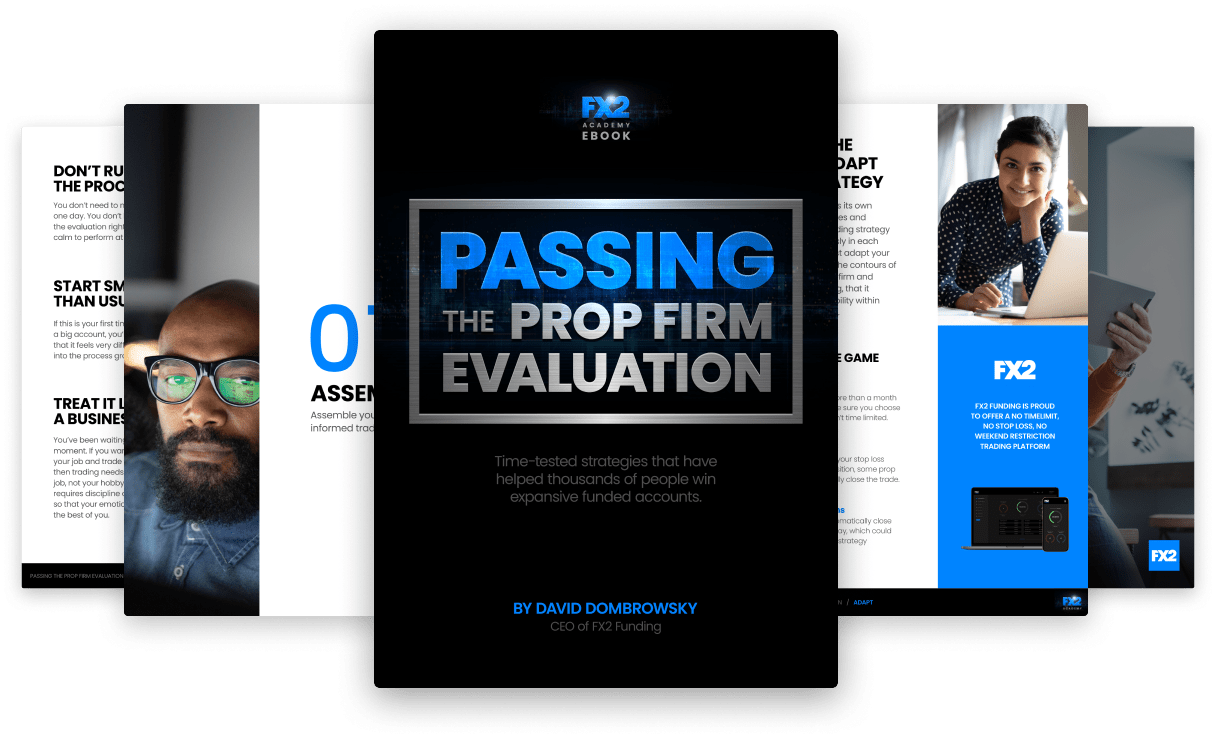Not sure if cryptocurrency CFDs trading is right for you? Check out our tips on crypto CFDs trading strategy, benefits, and possible risks of crypto CFDs on the Index Fundings Blog.
The Forex market is the largest in the world, with a daily turnover of more than $6 trillion. While the market is open 24 hours a day, five days a week, the market is not always active. There are Forex session times when the market is most liquid, allowing traders to open and close trades quickly. Similarly, there are times when the activity remains muted, with prices taking much longer to move from one level to another.
Likewise, there are forex trading sessions when the volume is relatively low, making it challenging to generate optimum profits. Additionally, there are times when specific currency pairs are active and enjoy increased trading activity than other times due to the market participants in play.
Consequently, the Forex market is divided into three key sessions:
The trading sessions are also referred to as New York, London, and Tokyo in response to the major financial centers in play when the sessions are up and running. Additionally, the forex market becomes more active when banks and corporations in the three economic powerhouses open and conduct business.
The Asian or Tokyo forex trading time is usually the first to see action when the forex market opens after the weekend. The session runs between 11 pm and 8 am every day as long as the forex market is up and running.

Most trading activities during this session are represented by developments and trading activities on the Tokyo capital markets. Other notable markets that account for the most trading activity during the Asian session. Include China, Australia, and New Zealand, as some of the economic powerhouses.
Given how scattered these major economic powerhouses are, the Asian Forex trading session spans or stretches beyond the regular hours when the Tokyo market is up and running.
The European forex session gets underway as the Tokyo session is winding down. And people in the region are going to sleep. The European session is usually up and running every day, beginning at 7 am to 4 pm GMT.
London, the financial hub in the region, takes the honors in defining the European session as an economic powerhouse in the area. However, developments in Germany and France also account for a big chunk of trading activities when the London session is up and running.
During the European session, forex market volatility is usually higher than during the Tokyo session. The increased volatility has to do with increased market participants in the form of big banks and corporations within Europe. While the European session progresses, volatility tends to increase as traders await the start of the North American session.
In addition, trading activity tends to increase when the Tokyo and European sessions overlap. The Overlap occurs when the Tokyo session is about to shut down and the London session starts.
The North American session accounts for the forex market's largest share of daily turnover. The session opens up as The Tokyo session has been closed for several hours. It also comes up as activities in the European session begin to wind down.
The session is dominated mainly by trading activity in the U.S., the world's financial hub. However, trading activity in Canada, Mexico, and some countries in South America also contribute to the trading volume.
Considering the early trading activity around financial futures commodity trading and economic releases, the forex market open time for the New York session is 12 pm GMT. After that, trading activity continues until 8 pm as the Tokyo session opens.
The forex market open time and close times in the European and New York sessions vary during October and November and during March and April. The changes come as the United States, the United Kingdom, and Australia shift to and from daylight savings time.
The best trading session times to trade the forex market are when two sessions overlap. For instance, volatility on the EURJPY and GBPJPY pair tends to be the highest when the Asian and European Sessions overlap. The increase in volatility is largely due to market participants in the Tokyo and European sessions speculating on the Euro, the Yen, and the British Pound.

Source: Invetsopedia.com
The increased volatility on the EURJPY and GBPJPY also has everything to do with economic releases in Europe and Asia that affect sentiments on the two pairs. Nevertheless, trading activity on the pairs tends to be muted when the North American and European Sessions overlap.

Source: Invetsopedia.com
During the European/U.S. Session, currency pairs with ties to the European and North American economies tend to see the most action. For instance, GBPUSD and EURUSD remain the most active, generating ideal trading opportunities.

Source: Invetsopedia.com
The increased volatility on the GBPUSD and EURUSD has everything to do with traders reacting to economic releases in the U.S. and Europe. Additionally, there are usually more banks and corporations in Europe and the U.S. doing business, thus fuelling demand for cross-currency pairs.
While trading currency pairs in the forex market, the focus is usually on the market's level of liquidity and volatility. This is because the best trading opportunities occur when the liquidity level is high, making it easy to open trades and fill orders.
Therefore, knowing which pair is active during a given trading session is crucial. Most currency pairs tend to be more active and volatile during specific forex market timings than others. Nevertheless, it is essential to note that volatility is a double-edged sword.
While high volatility makes it easy to open and close positions, losses can increase significantly during such periods as prices experience wild swings. Therefore it is essential to deploy solid risk management strategies.
Professional traders who open trades when two trading sessions overlap may be desirable for traders who wish to take advantage of extreme volatility levels. Price action during this period tends to be high. However, for traders who want to take advantage of low volatility, the Tokyo forex time zone is closing, and the European session is just getting started would be ideal.

Not sure if cryptocurrency CFDs trading is right for you? Check out our tips on crypto CFDs trading strategy, benefits, and possible risks of crypto CFDs on the Index Fundings Blog.
Read about trading exotic currencies: what are the pros and cons? Check out the most volatile exotic currency pairs from our experts on the Index Fundings Blog.
Do you know how to trade gold? Check out gold trading strategies and tips from our experts and find out the best indicator for gold trading on the Index Fundings Blog.
Check out WTI and Brent crude oil trading methods: how to trade oil futures, options, CfDs, and more. Read about spot oil market on the Index Fundings Blog.
What are order blocks in Forex and how to find them? Read about bullish and bearish order blocks and tips on how to include order blocks in your Forex trading strategy.
